US warming up to geothermal: ‘It’s hot everywhere underground’
But even at one of the largest US geothermal projects, located near Austin, Texas, the upfront cost can be a barrier, making it ‘a tough sale.’
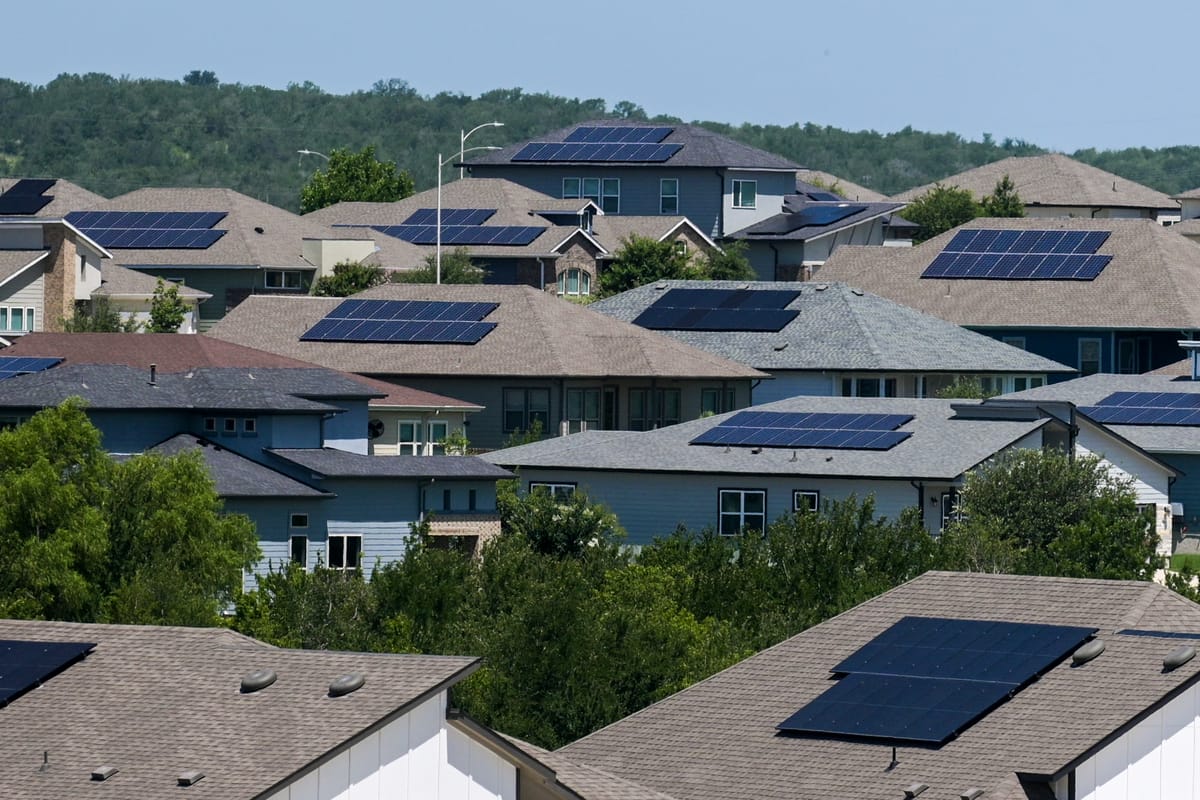
This story was co-published by the Texas Tribune, Canary Media, Renewable Energy World. Listen to reporter Terry L. Jones discuss his story on Texas Standard, the national daily news show of Texas.
Whisper Valley is a peek into what the future could look like.
The sweeping Manor, Texas, community is filled with modern homes, small, manicured lawns, quiet streets and rooftops outfitted with solar panels. Hidden beneath it is a network of pipes and man-made reservoirs that heat and cool hundreds of households via geothermal technology — a source that currently provides less than 1% of the U.S. electrical demand.
When completed, Whisper Valley will consist of approximately 7,500 owner-occupied and rental homes and multi-family units ranging in price from $350,000 to $750,000; three schools, 2 million square feet of commercial space and 700 acres of park and outdoor community spaces. Habitat for Humanity is set to build affordable housing, which will hook up to the geothermal network.
Zac Turov, business development manager for EcoSmart Solutions, which runs the community’s geothermal system, says savings on utility bills for residents here with geothermal-powered heat pumps that cool and heat buildings can run up to $2,000 a year — based on a third-party verified Home Energy Rating System.
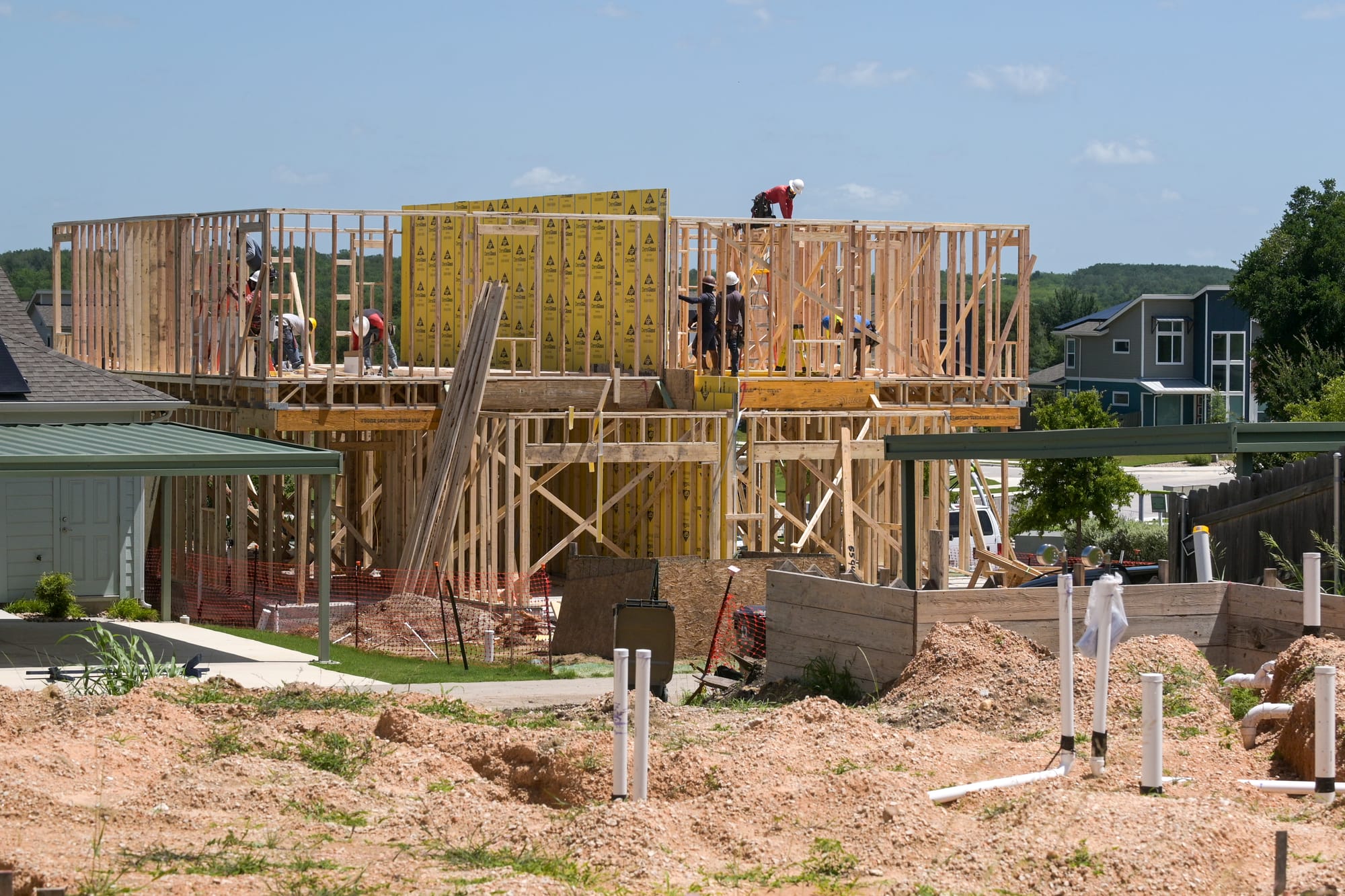
Michael Wilt has lived in the community for six years, moving into his three-bedroom, 1,800 square-foot house during the first phase of Whisper Valley’s development.
He says he’s never had utility costs higher than $70 during the summer months or $45 a month during the winter. That doesn’t count the $60 monthly fee he pays to EcoSmart in operation fees.
“It absolutely works better than the HVAC system I had in the house that I was renting before purchasing the house,” Wilt, 47, said.
“The geothermal system was definitely part of the appeal, but really it was kind of the entire ‘agrihood’ feeling of the whole development,” he added, referring to places that are “intentional” about incorporating green infrastructure into the neighborhood and individual homes.
Developer Michael Thurman has built 30 of the more than 600 homes in this massive mixed-use development. And his company, Thurman Homes, is set to build up to 50 more. The community sits 15 miles northeast of Austin. It’s an area home to multiple tech companies, including Google, Tesla, Dell, Samsung and Applied Materials.
The developer calls geothermal a “common sense” way to preserve the planet by cutting the use of fossil fuels to power the homes and businesses here. Heating, cooling and providing electricity to residential and commercial buildings accounts for about 30% of U.S. greenhouse gas emissions, according to the Environmental Protection Agency.
But not all of the developers building in Whisper Valley tap into its geothermal system.
The reason, said Thurman, is “money.”
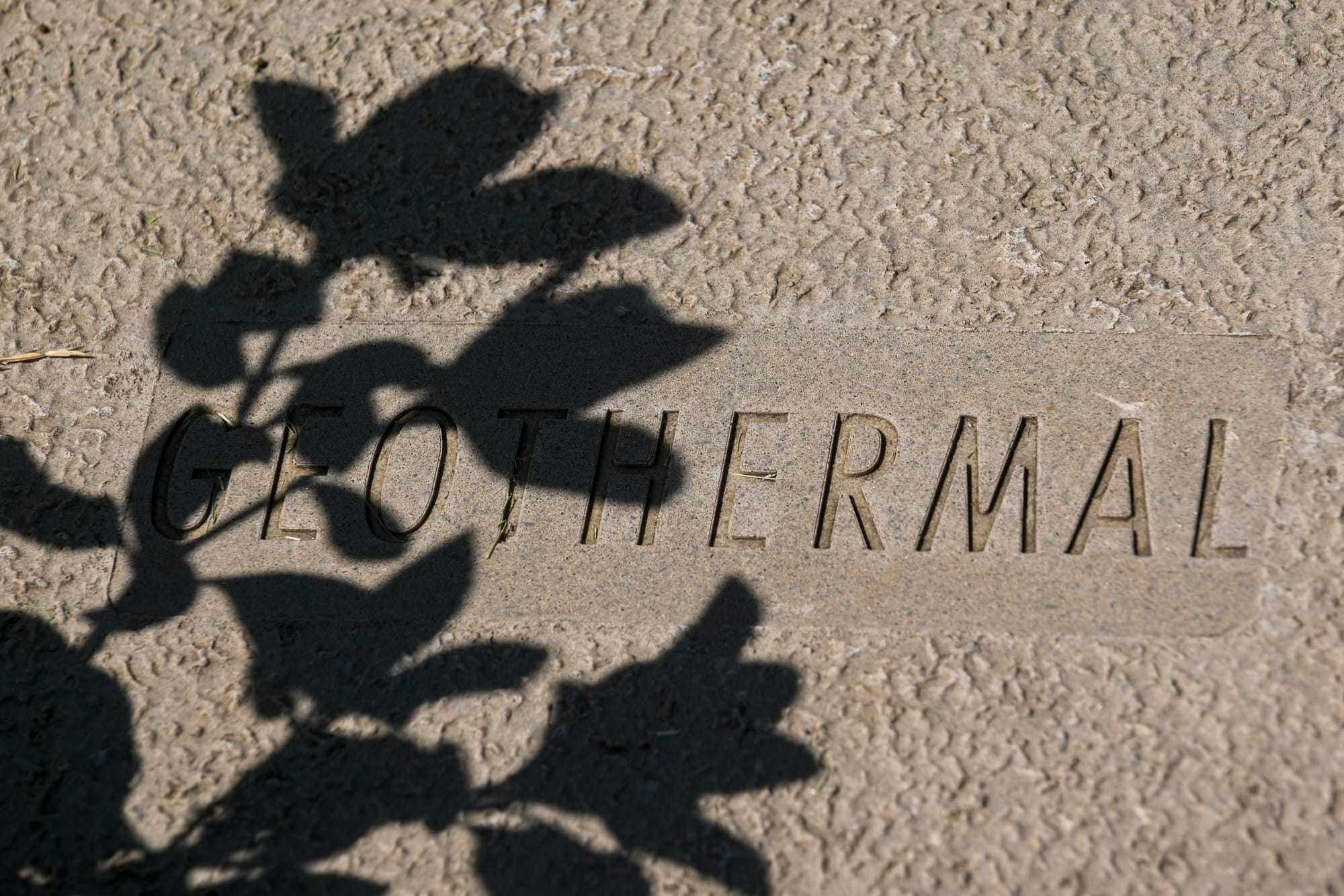
It costs approximately $40,000 per home to install the heat pumps and hook up to the geothermal network.
“We can’t keep doing the same things,” Thurman said, referring to the imperative to cut greenhouse gas emissions. “This isn’t tough to do, but you have to have core values that make you want to do it.”
Geothermal is more expensive than other forms of renewable energy, including wind and solar, according to new estimates from the consulting firm Lazard.
“The goal is for all the developers who build here to use geothermal,” Turov said. “But it’s still a tough sale.”
Geothermal possible ‘almost anywhere’
Drilling advancements have expanded how and where geothermal technology can be used for heating and cooling individual buildings — and broader power generation.
“The thing is: It is hot everywhere underground,” said Drew Nelson, vice president of programs, policy and strategy at the Houston-based geothermal-focused nonprofit Project Innerspace. “Today, with the advances in modern drilling, we are now able to tap into that heat almost anywhere.”
The International Energy Agency (IEA) estimates there is enough next-generation geothermal potential to power the world 140 times over. And Nelson says the United States has the most potential to be a leader in the industry, with countries including China and India also having the resources to generate geothermal power.
“As more projects are implemented, costs will continue to come down,” Nelson said, noting the IEA analysis also predicts geothermal in coming years will be “competitive with solar and wind paired with battery storage.”
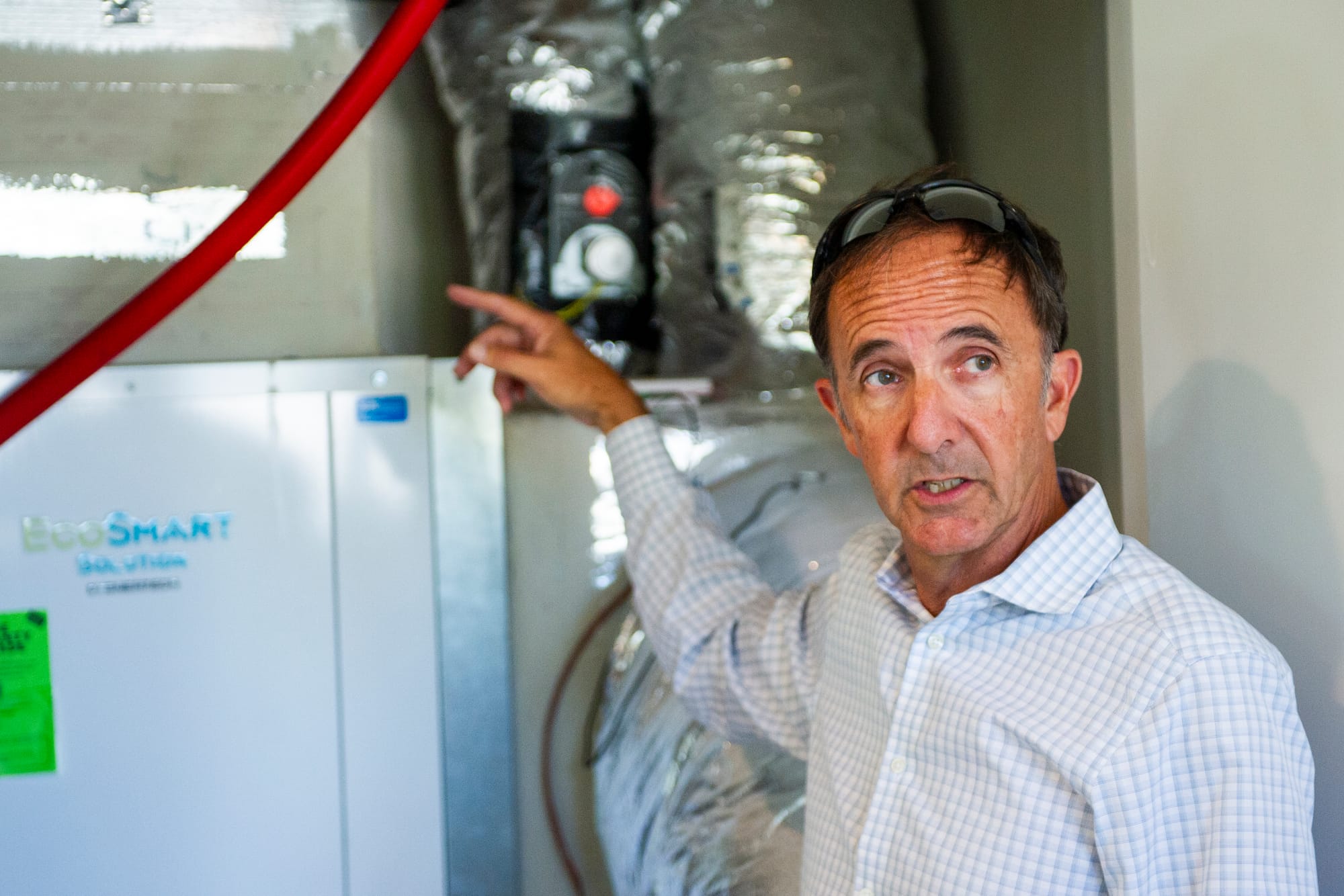
Geothermal: old technology with new interest
Using underground water reservoirs for heating and cooling or to generate electricity isn’t new. But until recently it was mostly confined to specific regions where it was easier to drill into hot water reservoirs — like in Iceland or California.
As of 2021, geothermal was concentrated in Western states, with California and Nevada accounting for more than 90% of the country’s geothermal power production, according to the National Renewable Energy Laboratory.
Geothermal is one of the cleanest ways to produce electricity. And it is the only renewable energy technology that has largely stayed out of the crosshairs of President Donald Trump, who has slashed federal support for renewable and clean energy, including wind and solar.
“One of the reasons President Trump really likes geothermal right now is that it’s all American,” said Bryant Jones, executive director of Geothermal Rising, a California-based nonprofit that advocates for the industry internationally. “It’s local. It’s a way to help rural America figure out their own economies as they transition from one technology to another.”
Geothermal tax credits — for both developers and for homeowners who install heat pumps — helped Whisper Valley thrive in its infancy.
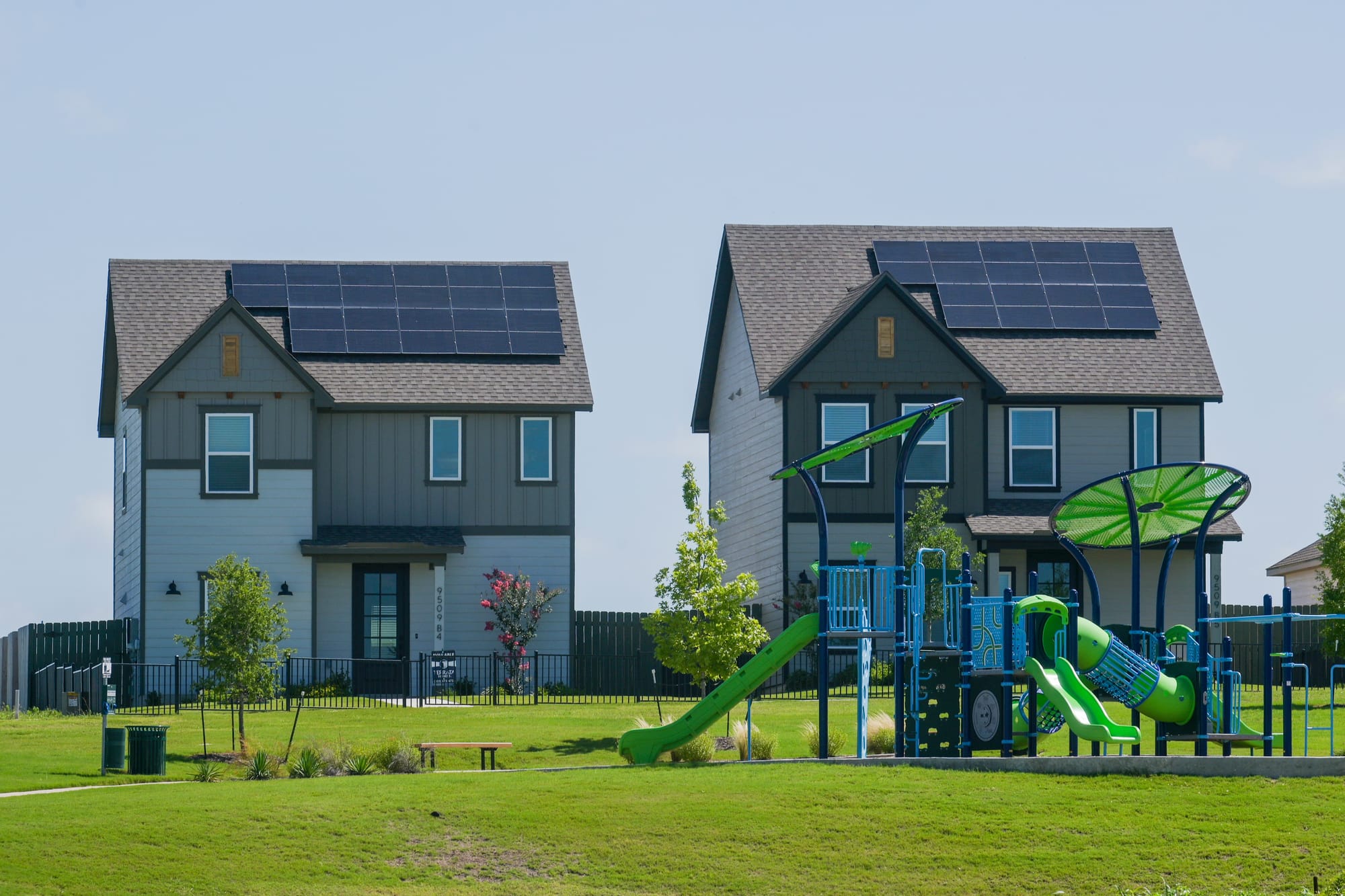
However, industry insiders are ringing the alarms and pressuring the U.S. Congress to not eliminate clean energy tax credits and incentives included in former President Joe Biden’s Inflation Reduction Act. If those tax credits are phased out, insiders say it would cripple the industry before it has a chance to get on its feet.
While billions in federal funding for wind, solar and other clean energy technology are on the chopping block, the budget bill mulled by Senate Republicans currently would retain tax credits for geothermal, nuclear and hydropower projects that begin construction by 2033.
The U.S. Department of Energy did not respond to multiple requests for comment on whether it would continue to support geothermal through federal funding and tax incentives, as it did under the previous administration.
“We do need the tax credits for geothermal energy to be maintained,” Jones said. “Geothermal doesn’t have a technology problem, it has a policy problem. (It’s) been around for over 100 years, (but) it hasn’t had the policy support the way the oil and gas industry has, or the nuclear industry, and most recently, the solar and wind industry.”
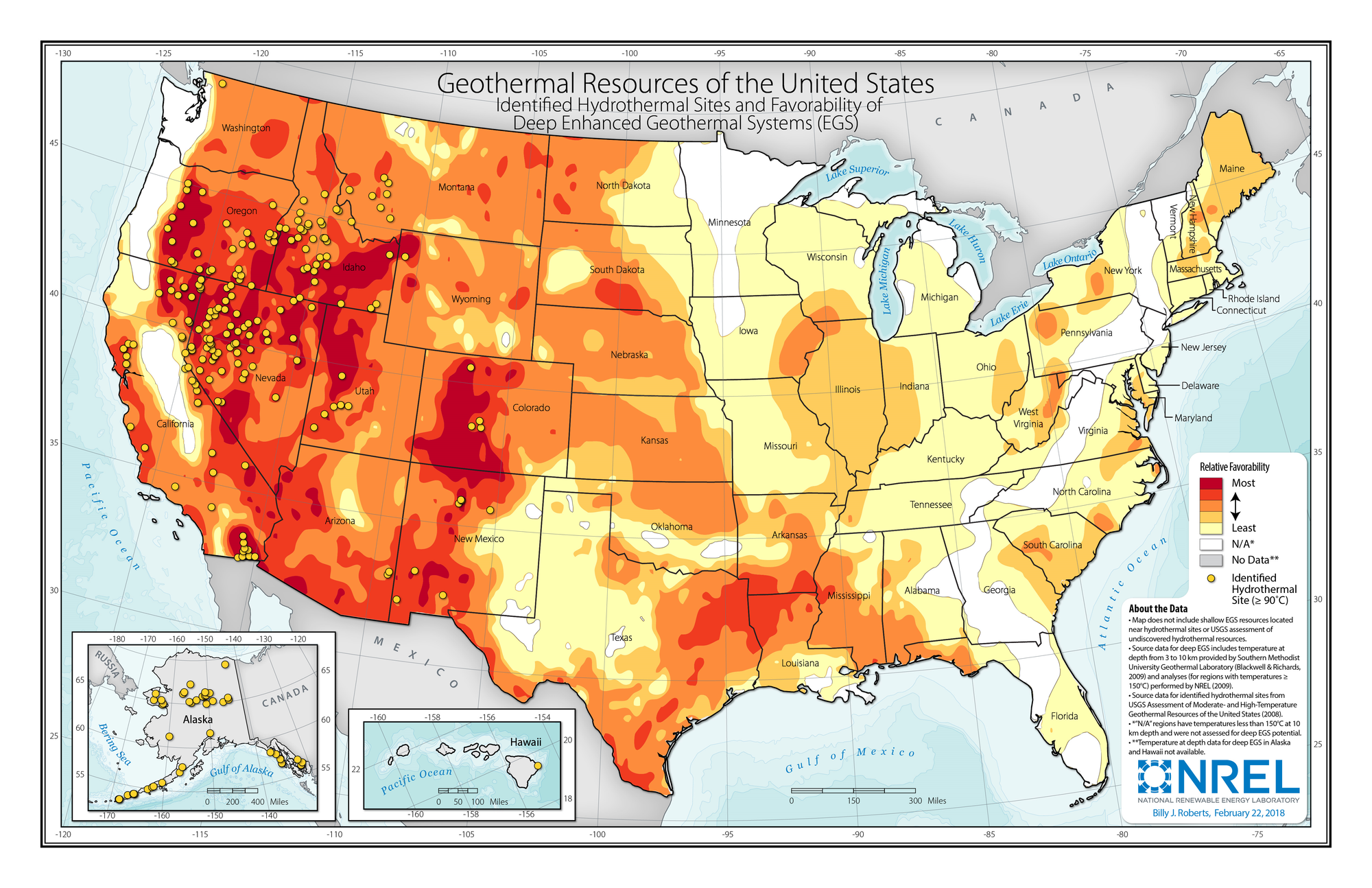
People ‘obsessed’ with geothermal
Traditionally, geothermal was limited to places with naturally occurring underground hot reservoirs, usually near tectonic plates or in volcanic areas.
But evolutions in geothermal have opened the door for developers to utilize oil and gas drilling technologies which helps lower costs and allows them to create their own reservoirs almost anywhere. The models fall in two categories: Enhanced geothermal systems, or EGS, and closed-loop geothermal systems like the one in Whisper Valley.
With EGS systems, developers create artificial underground reservoirs through hydraulic fracturing or “fracking,” and then inject water, or other fluids, into a well. The water is heated as it moves through hot rocks and is then pumped up into a separate production well to generate energy.
Closed-loop systems use an underground network of sealed wells where water or fluid is pumped and heated without ever coming in direct contact with rocks. It is then piped into the homes and buildings connected to the system. These systems also cool buildings by drawing out heat during warm weather.
“The more that people learn about geothermal,” Jones said, “the more obsessed they become.”
He says geothermal’s appeal includes a low carbon footprint, reliability and established drilling technology pioneered by the oil and gas industry. Unlike batteries and wind power, geothermal does not rely on a critical minerals whose supply can be disrupted by geopolitical events.
It's also among the more expensive energy sources because it requires specialized drilling, installation equipment and skilled workers trained to build it all. Supporters say the industry will continue to need federal tax credits and funding to grow, especially in communities where utility bills are already unaffordable.
While many geothermal units serve just a single household, systems that serve many buildings are more affordable.
“A way to address that is through thermal energy networks, or geothermal district networks,” Jones said, referring to connecting multiple homes and buildings, which means “the cost goes down for everybody.“
He cites Framingham, Massachusetts, where one utility, Eversource, is providing geothermal energy for roughly 140 residential and commercial customers in one neighborhood. After the two-year pilot project ends, customers can return to natural gas, also known as methane, or continue using geothermal, the company says.
“We are still collecting data as we enter the start of the cooling season, but over the winter we saw strong system performance even during the January and February cold snaps,” said Olessa Stepanova, spokesperson for Eversource.
Stepanova says the company expects to have insight into energy savings from the project within a year from when each customer is connected to the geothermal system. And the utility is in final negotiations with the DOE and state to expand the network.
“This would not only demonstrate the scalability of networked geothermal systems,” she added, “but also how they become more cost-effective as they are expanded.”
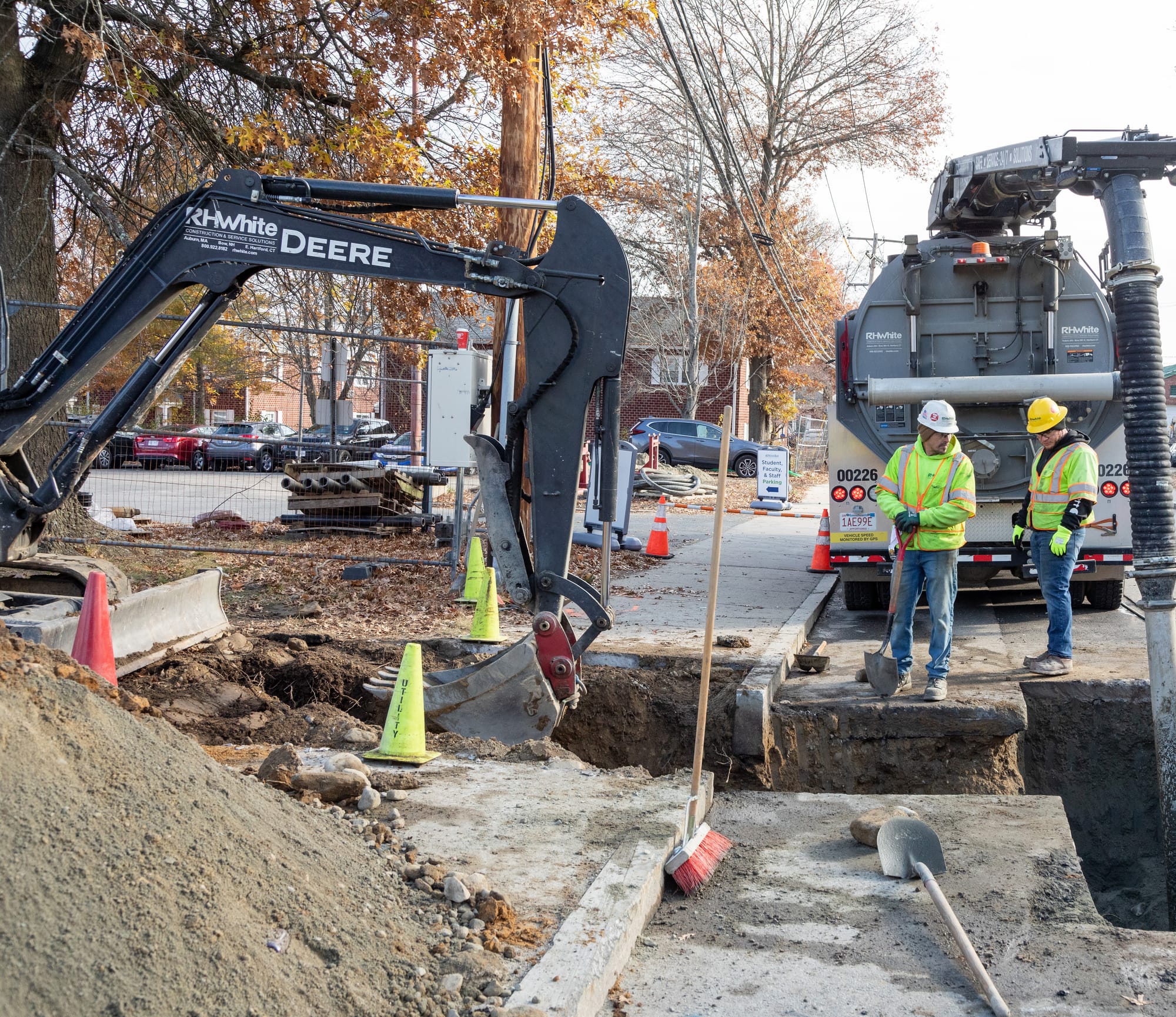
Federal funding sparks geothermal development
Last year, the U.S. Department of Energy Geothermal Technologies Office awarded a total of $37.7 million to five cities to install district-scale geothermal heating and cooling systems.
Ann Arbor, Michigan was awarded the most money, $10 million, which the city is using to build and operate a community geothermal system. It is projected to provide heating and cooling to 262 homes, a local elementary school and community center in the Bryant neighborhood. The predominantly minority, lower income area seeks to become the most sustainable neighborhood in the United States.
“It's a neighborhood that has been disinvested in, and as we were working on our climate goals to be carbon neutral, we wanted to do that in a just and equitable way,” said Missy Stults, director of the city’s Office of Sustainability and Innovations.
Stults says some households in the community shell out up to 30% of their income on utility bills.
“We started to think about what's a sustainable source of heating that we could look at that helps maintain affordability for everyone (and) that's clean,” Stults said. “And so geothermal was one thing that came up, and the residents were really interested in it.”
Stults says it’ll likely be a year before the city starts drilling — and that’s only if Congress or the Trump administration keep the federal funding in place. The city has been “sort of treading water” since Trump announced freezes on various renewable energy program spending. As of June, Stults says the grant had not been terminated but the funding still hadn’t been allocated to move their project forward.
“Our hope is that (the project) will align with the administration's goals,” she said. “This is American-made energy. It's our grounds, our soil. It's pretty powerful.”
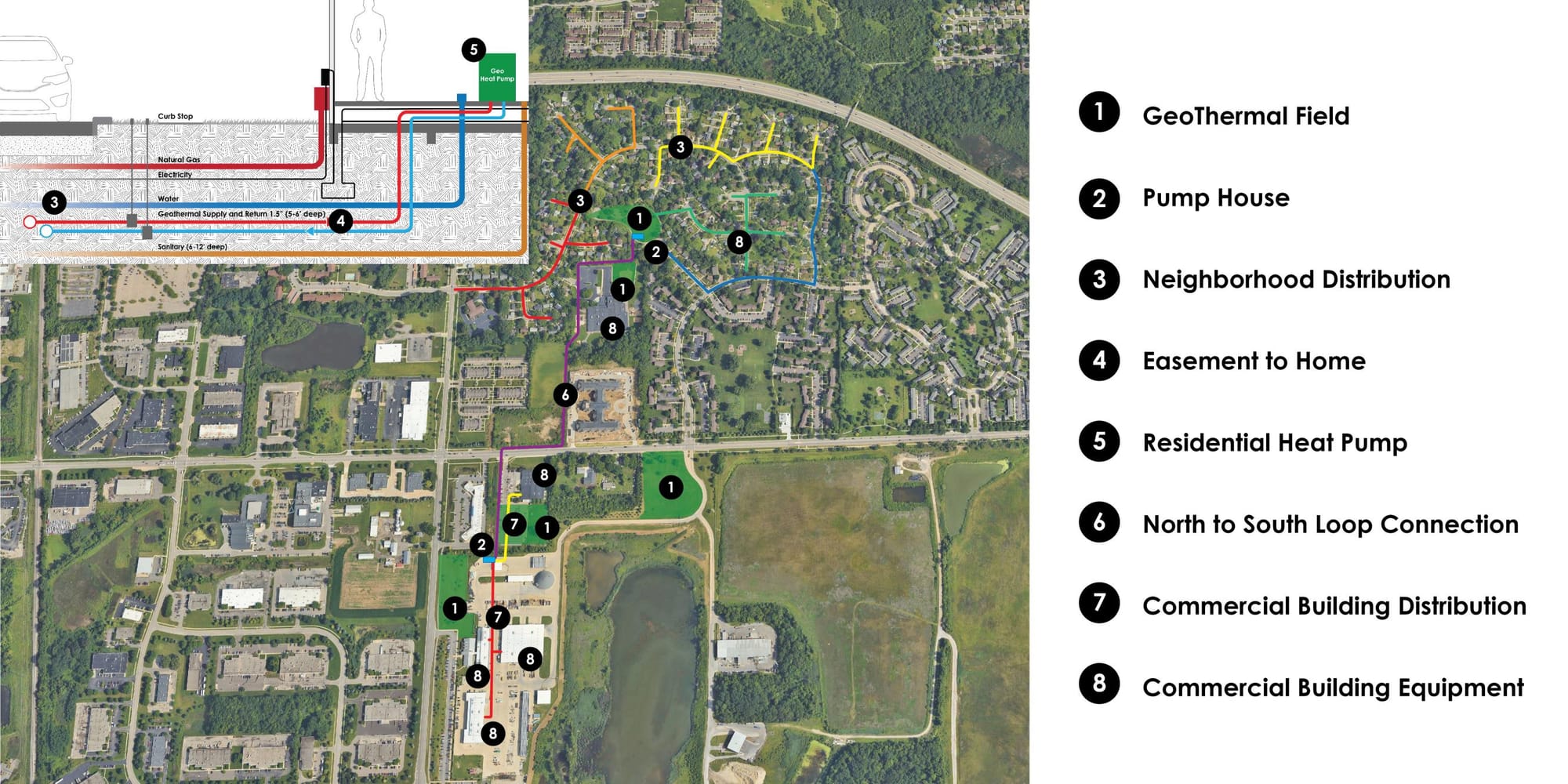
Support for geothermal growing in Texas
As a selling point, Thurman uses the utility bills for his model home in Whisper Valley and compares them with other homes of the same size he built with traditional HVAC systems.
For the three-bedroom, 1,800-square-foot home he built in Whisper Valley, utility bills in June and August 2023 were $42.16 and $74.54, respectively. A home the same size he built using an HVAC system had bills in those same two months of $233 and $326, respectively.
Turov says some developers have opted to build homes in Whisper Valley that use traditional HVAC systems instead of geothermal.
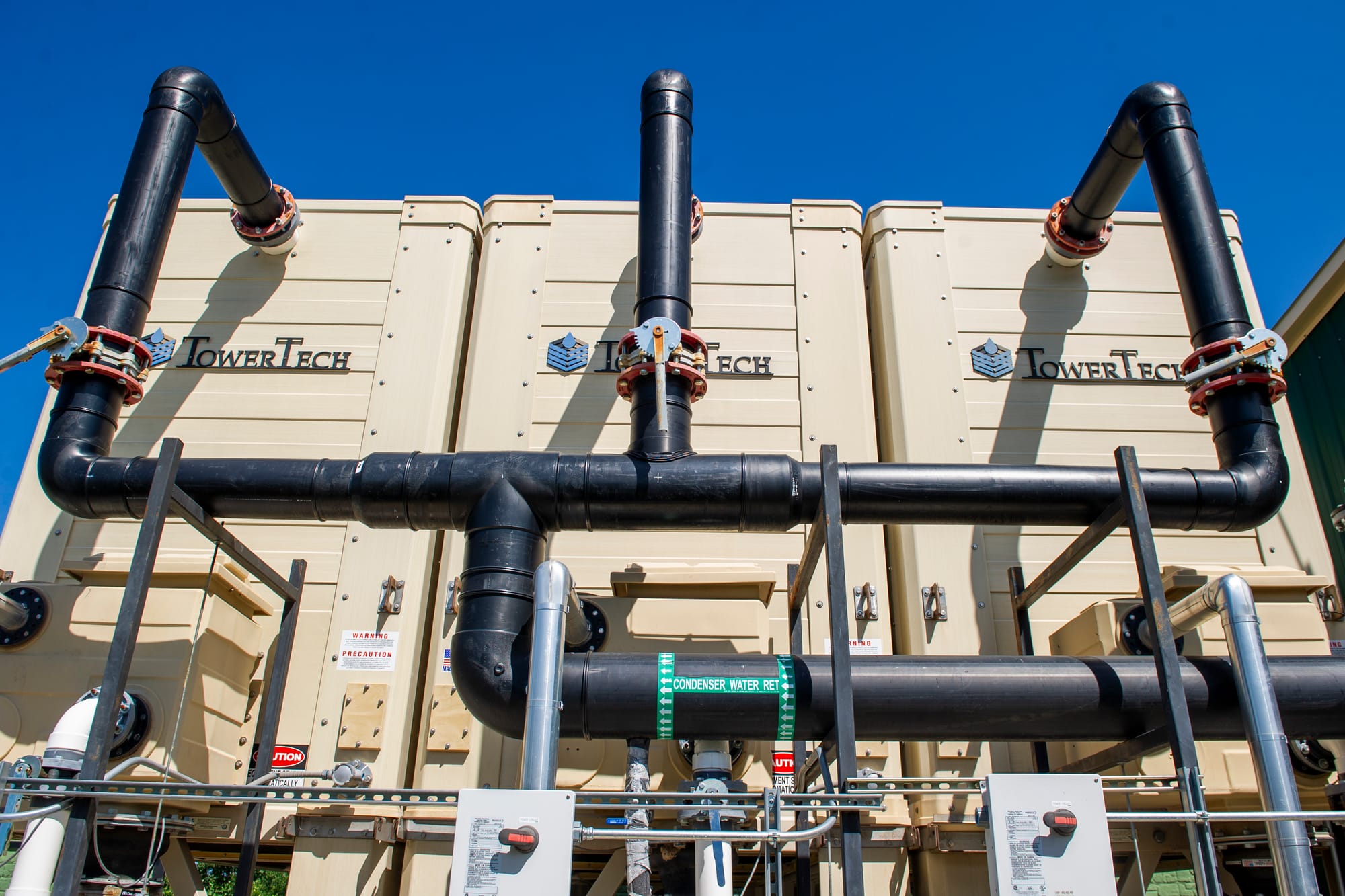
“Developers are reluctant to innovate, usually because it costs more, even though there are great benefits from using the technology,” he said. “We might have to make it work without (federal) subsidies which will be a challenge but could be good for the long term viability of the technology in the United States.”
EcoSmart Solutions successfully lobbied Texas state lawmakers for changes in state law and initiatives that can help geothermal grow there — with or without federal subsidies. They include measures that cut drilling regulations for geothermal projects, allow such systems to be added to the electric grid and pave the way for financing through bonds and “special purpose” taxing districts.
Turov explains that such districts allow developers to install infrastructure such as lights, roads and water systems, the cost of which is then repaid by owners on their property tax bills.
“I think right now, we're in the first adopter stage,” Turov said. “And that'll probably still be the case for the next few years. And then I think more and more people will adopt it.”
Floodlight is a nonprofit newsroom that investigates the powers stalling climate action.


